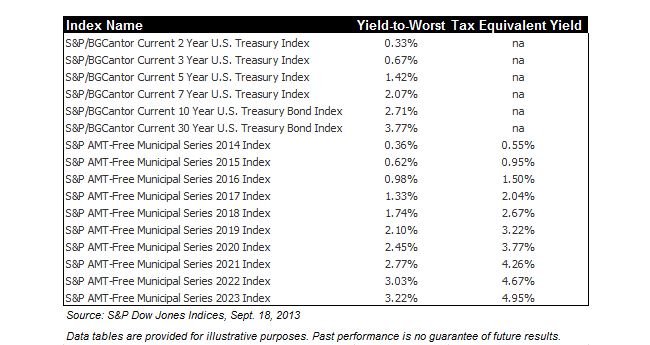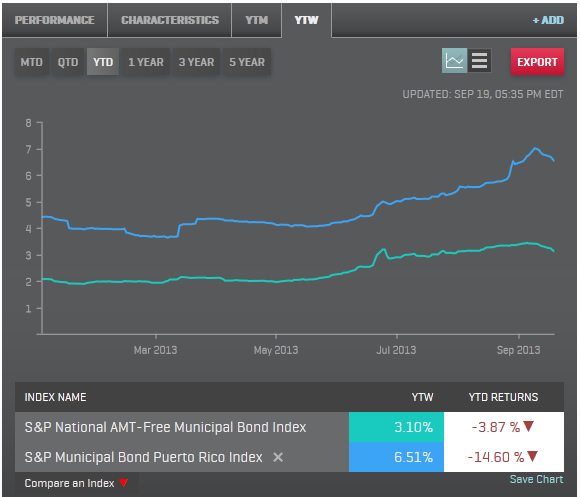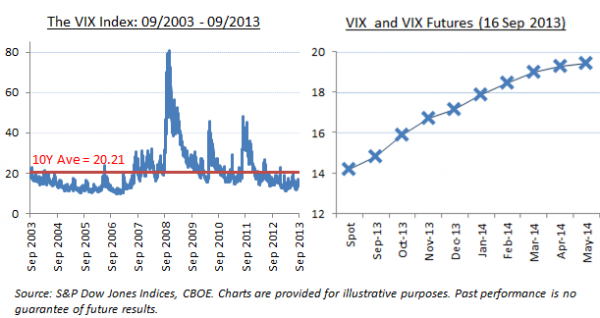Economists agree that what people expect the future to bring helps determine the economy’s future. Expect prices to rise? Buy in advance. Expect everyone to invest in that hot stock? Go online and buy the stock now. Expect the Fed to keep interest rates so low money is almost free? Take some risks, buy that house or a new car, and buy stocks not bonds.
As central banks around the world sought new ways to stimulate economies in the face of zero interest rates, they (re)discovered the idea of convincing everyone that now is the time to spend because the good times are around the corner. To make this sound like serious economic theory rather than hucksterism, it is called managing expectations. It used to be called jaw boning. Moreover, the idea works. Advertising QE1-2-3 or announcing that the Fed funds rate target would remain zero to 25 basis points until the unemployment rate dropped below 6.5% are key parts of this effort. The expectation effects have contributed to the economy’s improvement.
One key to managing expectations is not to let anyone know their expectations are being managed. Once they suspect that some of what they are hearing, and thinking, is there just to convince them, some people will try to out-think the management. With increasing debate about whether QE3 was working, why it would work and what would come next, people began to wonder exactly what game was being played by whom. The reaction to the Fed’s comments in May and June and Chairman Bernanke’s June press conference, looked like a reminder that one can fool some of the people some of the time, but not even the Fed can fool all the people all the time. Once the expectation that interest rates might rise appeared, investors and home buyers tried to front run monetary policy. This effort – selling bonds before yields climb and prices collapse—caused prices to drop and yields to rise. The Fed’s response last week was an effort to create new, but temporary, expectations that rates won’t rise quite yet. Temporary because sooner or later interest rates will rise.
If managing expectations becomes a permanent tool of monetary policy, trying to front run or out-fox expectations will continue. Investors will listen to the Fed’s comments only to figure out what they Fed wants them to think and do. Then they will do what they think is in their best interests – often the reverse of what the Fed intended. The result is a circular game of trying to out-guess one-another.
One suggestion for the Fed may be to return to some of its past practices and talk less. There was a time when the Fed seemed to follow Theodore Roosevelt’s approach to speak softly and carry a big stick.
The posts on this blog are opinions, not advice. Please read our Disclaimers.









